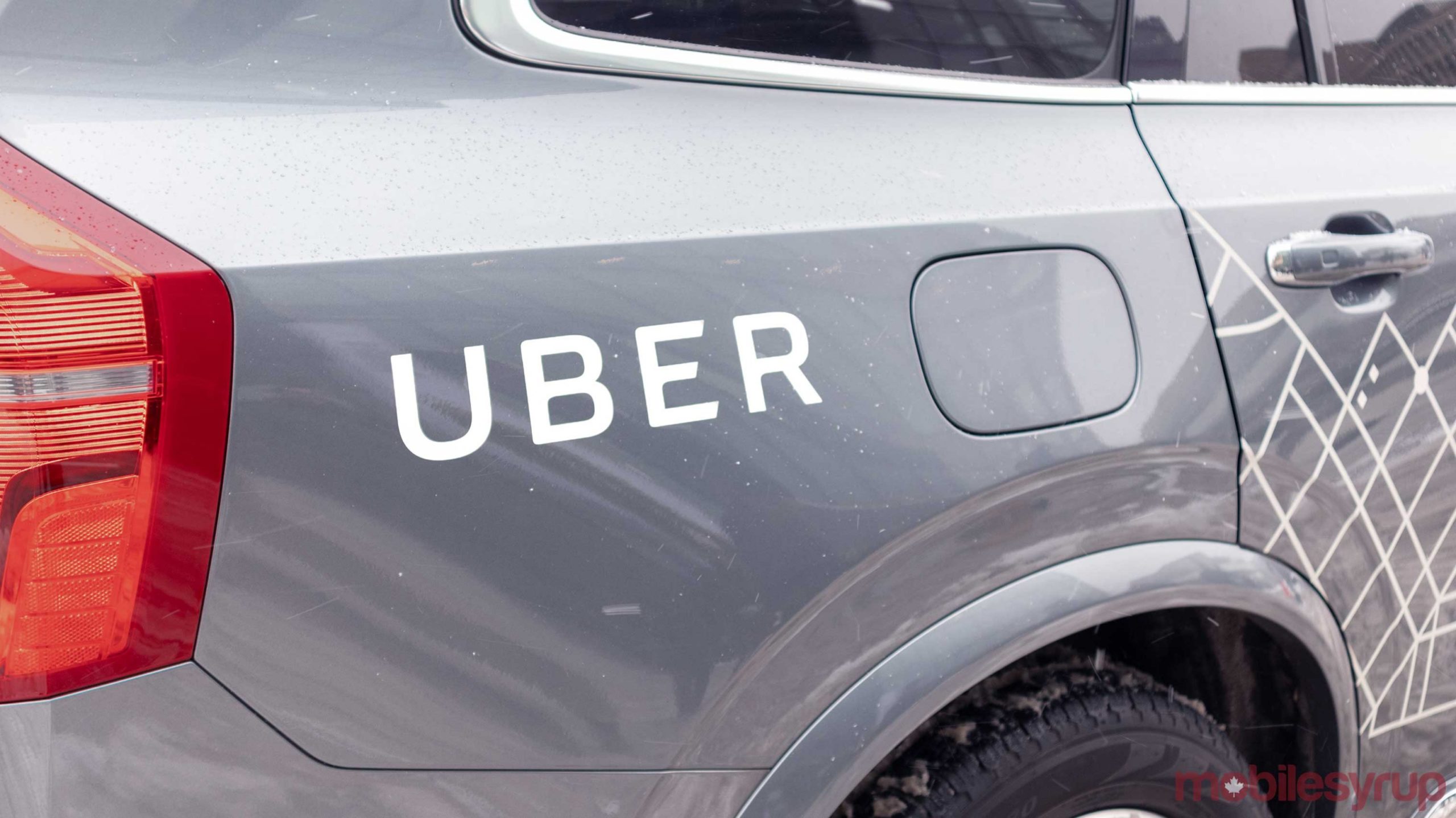
Uber has published a new research paper outlining a self-driving AI technique that it claims can predict road traffic with a high degree of accuracy.
Coming from Uber’s Advanced Technologies Group (ATG), the paper details a more complicated AI construct called a generative adversarial network (GAN) that can more accurately make predictions.
To do this, the GAN uses high-definition maps made up of data like roads, crosswalks, lane directions and signage which can then be detected and tracked by the vehicle. Further, the GAN outputs nearby cars’ frames of reference and compiles information onto an RGB image that can be read by AI.
It remains to be seen how and when this might be applied in Uber’s fleet of vehicles so for now, it’s difficult to gauge how practical this solution is.
Nonetheless, it sounds like a step in the right direction, especially as Uber has faced criticism in the past for its handling of autonomous vehicles. In March 2018, an Uber self-driving car struck and killed a woman in Tempe, Arizona. Later that year, an internal company email indicated that Uber was aware its autonomous vehicle tech was lacking.
Since then, Uber has doubled down in this area by rolling out increased failsafes and slowly re-introducing testing on public roads, including Toronto.
These efforts have helped drive the company’s self-driving division past a reported $7.25 billion USD (about $10.2 billion) valuation. Uber says being able to remove the driver from a car will cut costs significantly and help drive the company to profitability.
Source: Uber
MobileSyrup may earn a commission from purchases made via our links, which helps fund the journalism we provide free on our website. These links do not influence our editorial content. Support us here.


